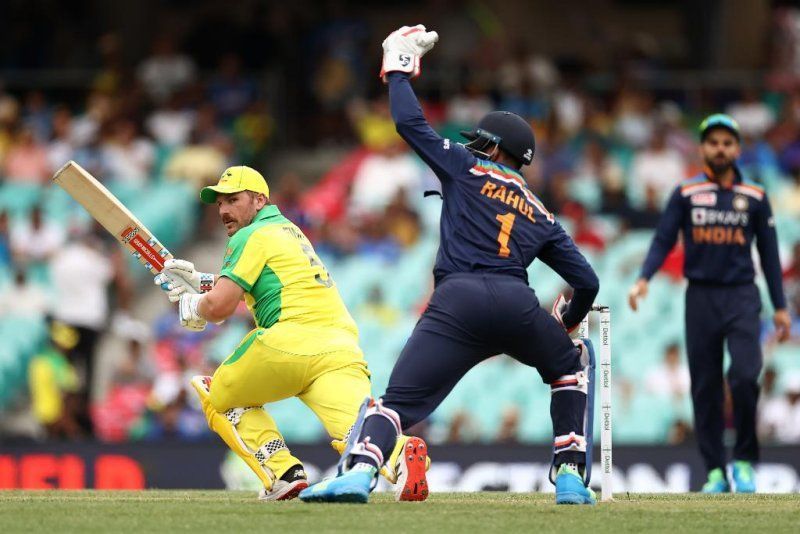
IND v AUS 2020: 3 similarities and a worrying trend in India’s twin defeats in Sydney
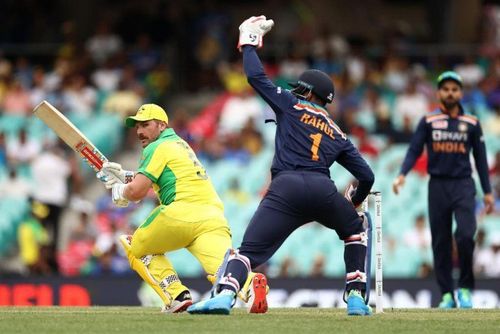
India conceded the second one-dayer against Australia in Sydney without much fight. Bowling first after losing the toss, India put up another insipid show with the ball, allowing Australia post a massive 389 for 4 on the board, 15 more than what they conceded in the first ODI at the same venue.
Australian openers Aaron Finch and David Warner added 142 runs for the first wicket to equal the Virender Sehwag-Sachin Tendulkar duo in the list of most hundred-run stands by openers in ODIs.
After the pair was separated, Team India’s nemesis Steve Smith came in and hammered a blazing century. Marnus Labuschagne and Glenn Maxwell also hit half-centuries, marking a rare occasion when everyone in the top five scored fifties in the same ODI innings.
For Team India, skipper Virat Kohli and vice-captain KL Rahul scored impressive fifties. However, India finished on 338 for 9 to lose the contest by 51 runs and with it the series as well .
There were quite a few similarities in the manner in which the two India-Australia games panned out. Let's take a look at three of them.
#1 Team India’s inability to strike early with the new ball
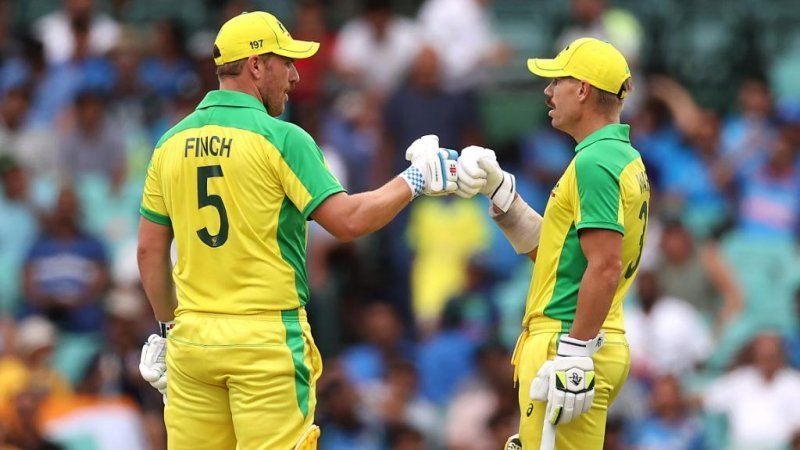
This is becoming a seriously big headache for India. In both the matches of the ODI series played so far, the Australian openers added over a hundred runs -- 156 in the first game and 142 in the second.
None of the Indian pacers, be it Jasprit Bumrah, Mohammed Shami or Navdeep Saini, have been able to make any impression on the Aussie duo in the first 15 overs.
Australia lost their first wicket in the 28th over in the first game, and in the 23rd over on Sunday. In a nutshell, in both games, Warner and Finch have batted almost half the overs, setting the perfect platform for the batsmen to follow.
The failure of Team India bowlers to strike early is a continuation of a worrying trend that began in New Zealand and was only halted by the COVID-19 pandemic! India went down 3-0 in the ODIs in New Zealand earlier this year.
In the first game of that series, India picked up their first wicket in the 16th over and then managed their first breakthroughs in the next two games only in the 17th over in both matches.
Even in the home series that India won against Australia prior to the New Zealand tour, Warner and Finch featured in an undefeated 258-run stand in Mumbai, batting for 37.4 overs.
Team India may possess one of the most potent bowling attacks in Tests, but when it comes to ODIs, they seem to be really struggling of late.
#2 No answer to Steve Smith’s brilliance
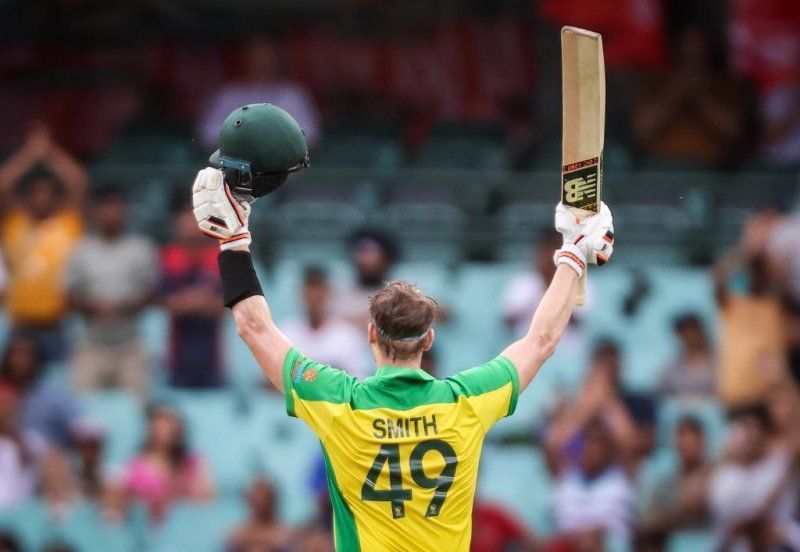
If Sachin Tendulkar gave nightmares to Shane Warne, the mere sight of Steve Smith seems to cause brain fades in the Indian bowling attack. No matter what format or what kind of form the former Aussie skipper is in, the Indian bowling attack just doesn’t know how to find a way past the eccentric Smith.
In both the games in Sydney, Smith raced to hundreds in just 62 balls and was awarded the Man of the match on each occasion.
In 20 ODIs against India, Smith has amassed 1116runs at an average of 65.64 with five fifties. Consider this: since January 2016, Smith’s scores against India in ODIs read - 149, 46, 41, 51, 28, 1, 59, 63, 3, 16, 69, 98, 131, 105 and 104.
The bad news for Team India is that the series is already lost for India.
#3 No hundred scored by a Team India batsman
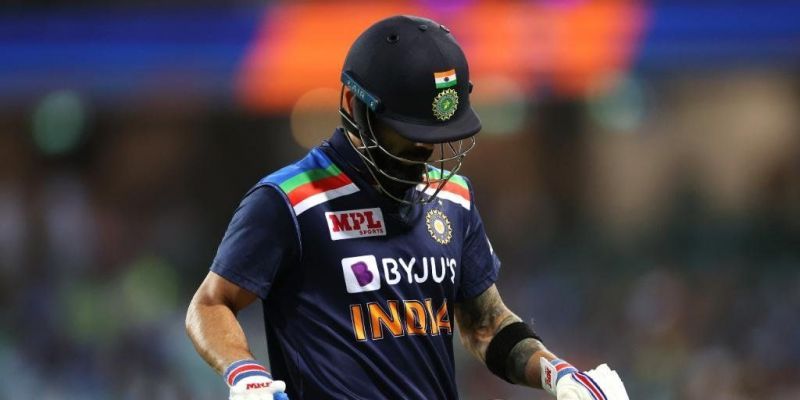
While Australia have three hundreds and five fifties to their name in two games in the series, Team India have only managed four fifties. Not a single Indian batsman has managed to reach the three-figure mark.
Hardik Pandya was the top-scorer for India with 90 in the first game while Shikhar Dhawan contributed 74. In the second game, Kohli top-scored with 89 while Rahul contributed 76.
While Team India batsmen have come close, they have failed to cross the hundred-run landmark and beyond in the series. Even though Indian bowlers take a large part of the blame for the one-day series defeat, India batsmen should also be disappointed at not having reached three-figures even once.
After all, chasing 370 or 380 in the era of IPL is hardly unreasonable, so Indian batsmen cannot completely wash off their hands from the series defeat.